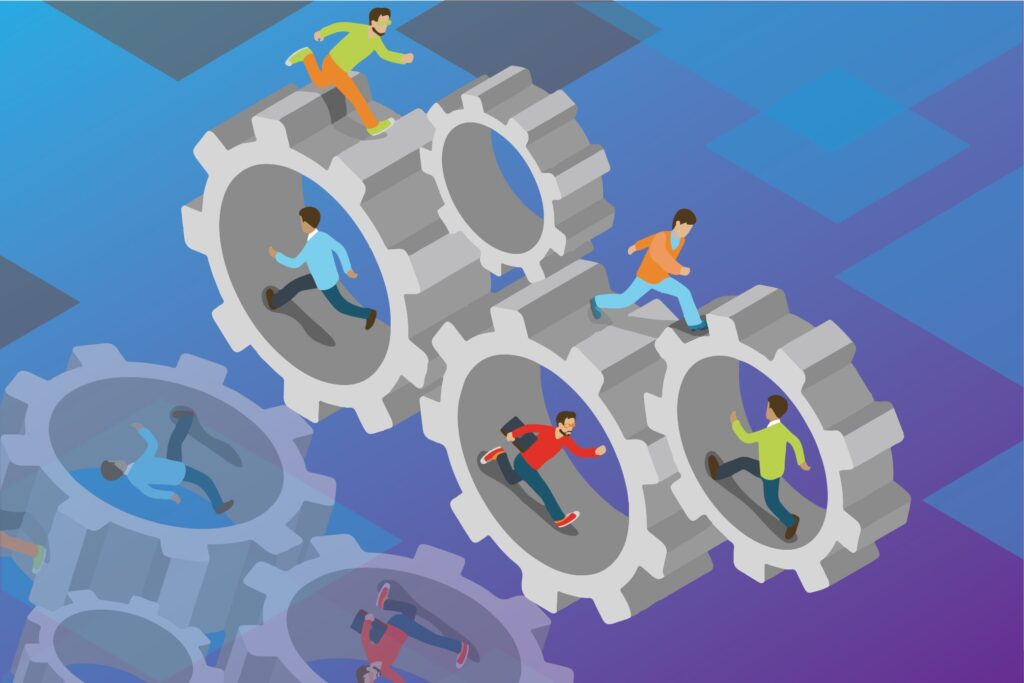Eras of Automation
The era of automation started as early as the 19th century, where machines were created to take away the dirty and dangerous works. This was the time when industrial equipment was invented. This era relieved humans from the dangers and burdensome labours of the time.
The 20th century era of automation came with a buzz. Automation took away the dull and routine tasks, and most of these tasks are transferred to outsourcing and offshoring companies. Clerical errands and other back office processes are being offshored to partners like offshoring offshoring back office data entry solutions.
Automation is still growing and has become a threat to the human workforce. It did a good job in releasing humans from certain activities; however, progress in the automation industry is now a big threat to the employment of human labour.
There are a couple of advantages and disadvantages automation has brought to us. Below is the list of the most common advantages and disadvantages.
Advantages
- Replaced human labour in difficult and dangerous work.
Automated machines have replaced humans who operate in the most difficult and dangerous work sites. This has enhanced employee safety in the workplace.
- Tasks that are beyond the human capabilities are now performed by automated machines.
There are tasks that are physically impossible or beyond the human capabilities. Thanks to automation, these physically challenging tasks can now be completed.
- Operation work handling times are reduced.
Machinery has increased productivity rates of organisations that are embracing automation. It has paved the way for businesses to expand more and produce more of the products or services they are offering.
- Workers are freed to do other tasks.
Since most of the tasks are now being accomplished by machines, employees have more time to spend on other business processes.
Disadvantages
- Unemployment
The rate of unemployment has increased because automation has already taken over the jobs of the human workforce. And this increase is going to continue as organisations prefer to automate their businesses.
- Technical limitations
Technology used in automation can be advanced; however, it is still limited. There are still processes that cannot be automated. This is also the reason why some of the workers still have their jobs with them.
- Security Threats
Automated systems are vulnerable to attacks since they may have limited intelligence as well as security that is not that robust. Automation is also most likely to be an area for errors.
- High operational costs
Automating a new procedure will require huge investment. Research and development needs to be done in order to keep the processes updated. This means the costs saved in automation may be lesser than the cost spent in developing an automated process.
Automation has its ups and downs. Other companies prefer back office offshoring solutions instead of automation. Offshoring and automation has both the benefits of cost-savings however, offshoring does not have disadvantage as much as automation does.
This is another era that we are facing, the era where automation is possible to replace human resources entirely. Are we ready for this stage? What will we do when robots take away our jobs?


